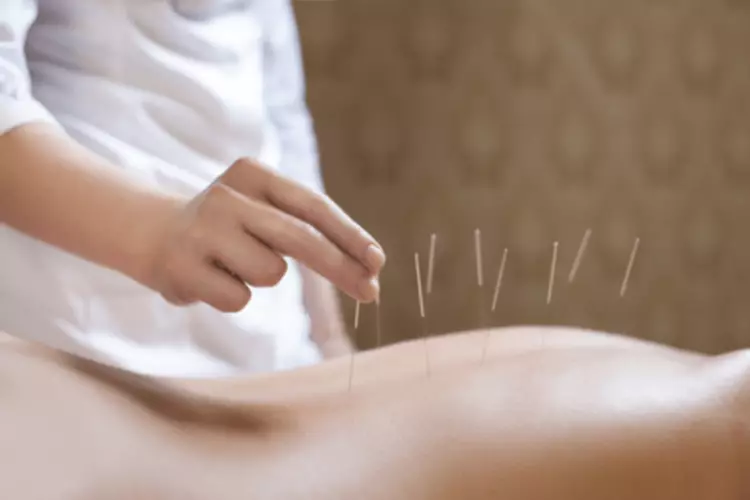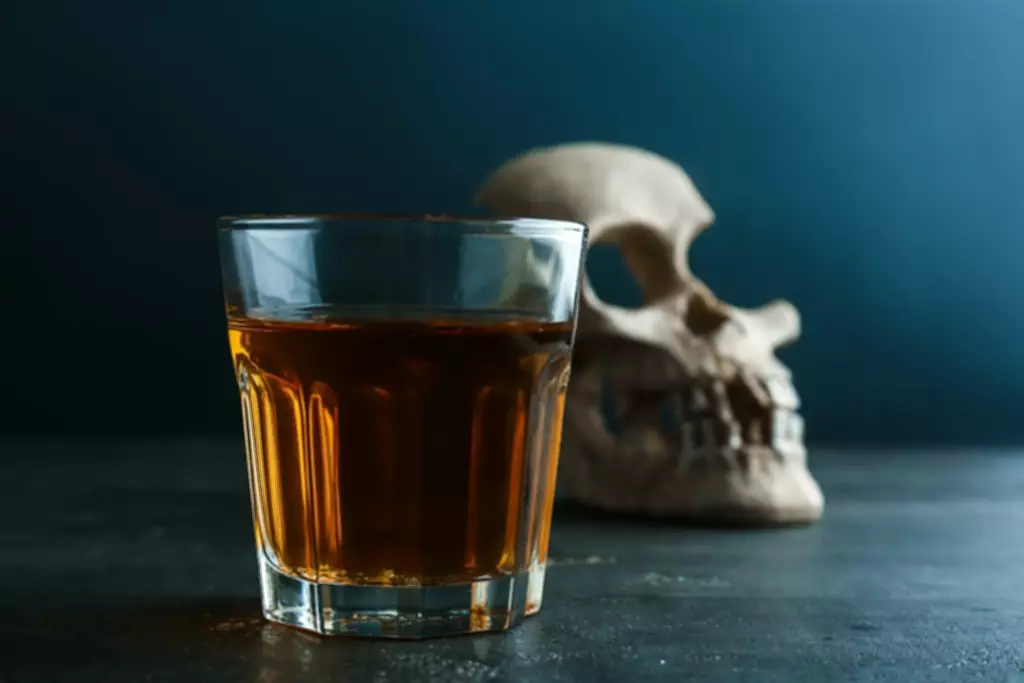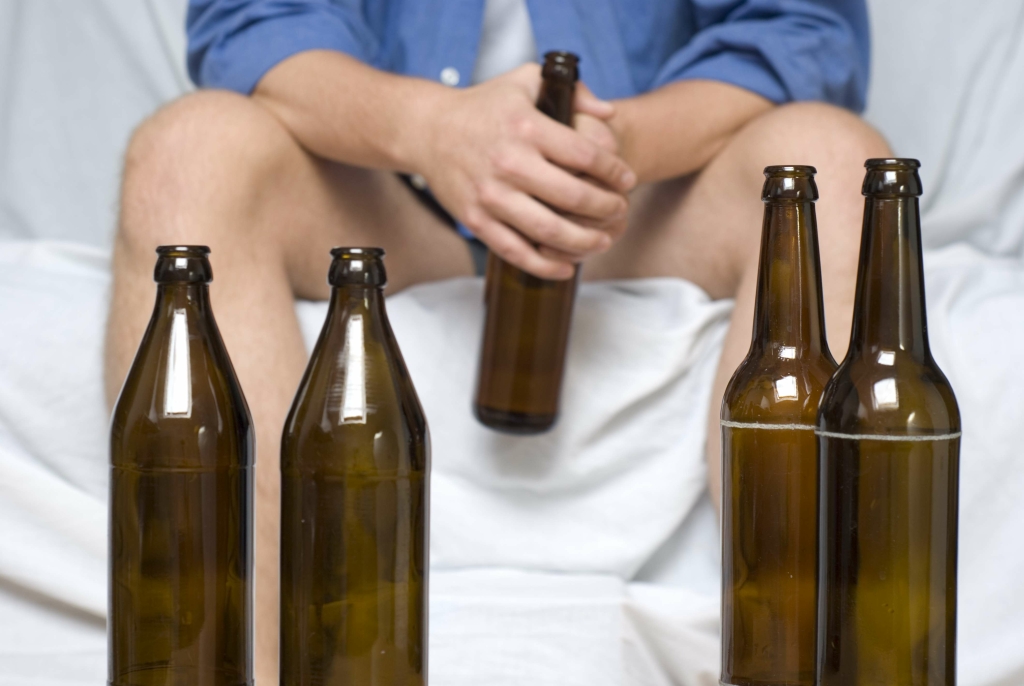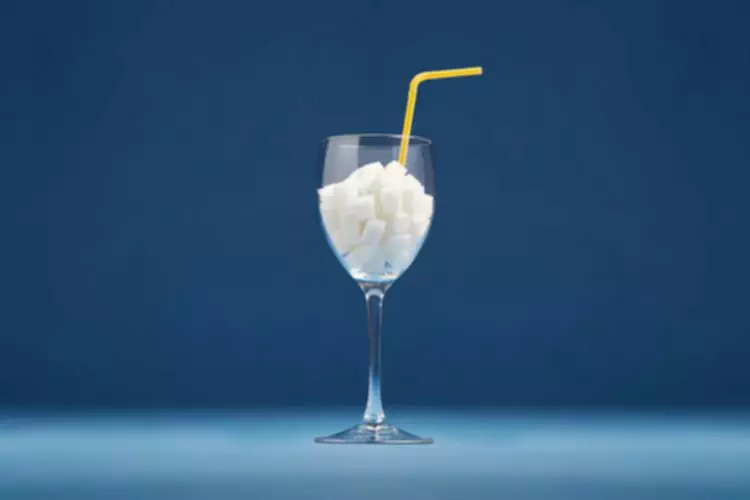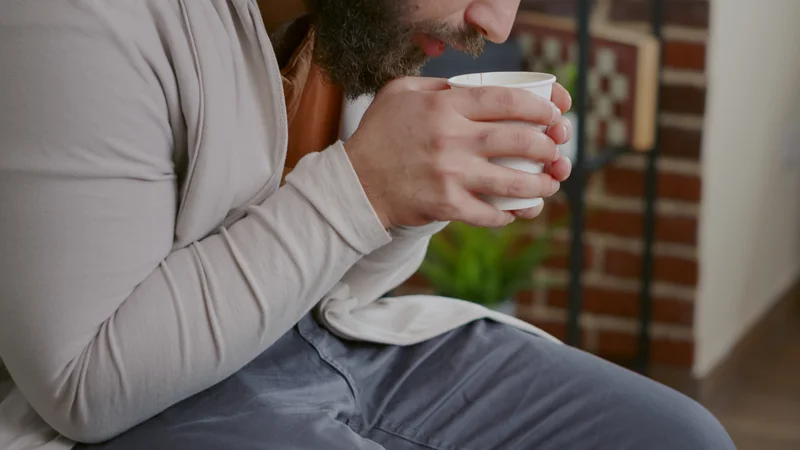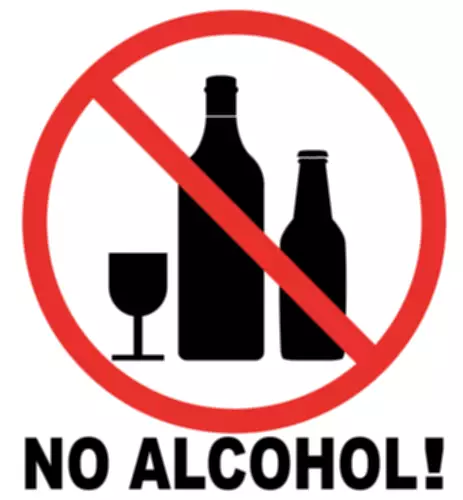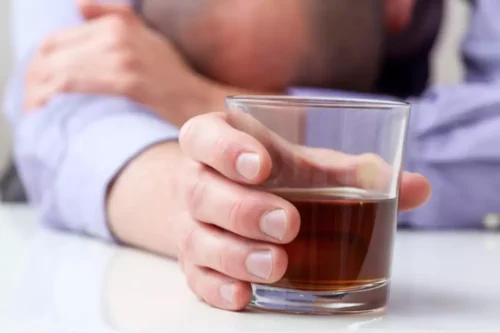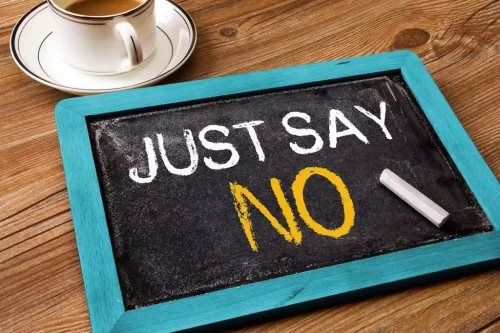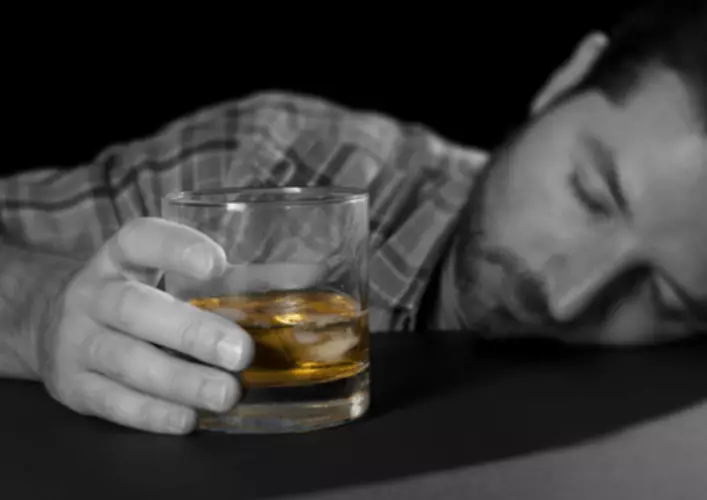Most healthcare professionals recommend a medically-assisted detox as the best way to get off alcohol. Research has shown that professional help improves your ability to overcome an addiction to alcohol or cut back if you have found it difficult. The most common research technique among those surveyed is an internet search (61%), followed by asking a doctor or medical professional (55%).
Severe Withdrawal Symptoms
Once you’ve changed to a less alcoholic option, you can gradually reduce your drink amount. A direct taper means you continue to drink your regular drinks but slowly decrease the amount over time. Direct tapers are better if you prefer drinks that contain a low percentage of alcohol.
Minimized Risk of Alcohol Withdrawal Symptoms
A 6-bed recovery oasis providing tailored luxury care for addiction and mental health for clients seeking the ultimate in treatment, privacy, and comfort. https://thecinnamonhollow.com/a-guide-to-sober-house-rules-what-you-need-to-know/ It is imperative to approach tapering cautiously, and individuals are encouraged to seek professional guidance to ensure safety throughout the process. Learn more about alcohol withdrawal here and, once again, speak to a doctor first. Alcohol Tapering requires some planning to create a schedule.
Navigate common detox symptoms and learn how to ease discomfort and maximize health benefits. Explore effective cures for heroin addiction, from therapies to support systems for lasting recovery. Withdrawing from alcohol use disorder leads to several uncomfortable side effects, with a common one being sleep disturbances… Discover powerful strategies to stop porn addiction, heal relationships, and build healthier habits.
This can sometimes cause unpleasant withdrawal symptoms, and these symptoms can make it hard to stick with your recovery plan. If you’re struggling to wean off alcohol, it might be best to seek addiction treatment. Various treatment programs are available to help you recover from addiction. Discover inpatient detox facilities, their processes, support, and holistic care options for lasting recovery. Discover how drinking 12 beers a day affects lifespan and ways to mitigate risks of heavy drinking.
Getting professional help can mitigate harmful withdrawal symptoms and ensure success. Weaning off alcohol can benefit people who drink moderately or have support systems. If you have a severe alcohol addiction, it might be best to seek professional addiction treatment. Tapering off alcohol involves gradually reducing the amount of alcohol you drink. Besides its positive health benefits, it can help you quit drinking after weeks or months. Some find tapering is not a suitable option to stop drinking due to various factors such as social responsibilities or peer pressure.
With this number, you can make a plan for alcohol reduction. You’ll also want to monitor any symptoms that arise each day. Tapering off alcohol is a method of reducing your alcohol intake gradually.
People Say This Cures Heroin Addiction
- According to MedLinePlus, delirium tremens is a severe form of alcohol withdrawal.
- Alcohol tapers are strategies to stop drinking by slowly decreasing the amount of alcohol a person consumes.
- Educate yourself on potential withdrawal symptoms and have a support system in place.
- Your risk of certain diseases decreases, you will begin sleeping better, and your overall health can significantly benefit.
The main difference between tapering and quitting alcohol cold turkey is how fast you quit. Cold turkey is a common slang term for quitting alcohol (or any substance) all at once. Tapering or weaning means ramping down your alcohol use until you get to zero—or to a more moderate level of drinking that you prefer. You may decide to seek medical treatment for your withdrawal symptoms or make the choice to enter a professional detox or rehab center. Even if you don’t succeed the first time, there are still plenty of treatment options you can turn to.
- People looking to quit drinking may consider either tapering or going cold turkey, meaning they abruptly stop all alcohol consumption without weaning.
- Maybe you just need to set more realistic goals for yourself and slow your taper.
- Another significant challenge is the psychological dependence on alcohol.
- These states include, but are not limited to, California, Colorado, Delaware, DC, Florida, Maine, Mass, Pennsylvania, Texas, Virginia, and Washington.
Strategize for Your Goals
“Any relative reduction in daily alcohol intake is healthy and headed in the right direction,” explains Lee. If you start to experience any of the following symptoms, seek medical attention immediately. Moreover, substituting one kind of beverage for another does not help you taper off alcohol if you consume the same number of standard drinks as Sober Houses Rules That You Should Follow you usually have. For example, one 12-ounce can of beer contains roughly the same amount of alcohol as a 5-ounce glass of wine or a mixed drink containing 1.5 ounces of alcohol.
Symptoms timeline
When talking about tapering or gradually reducing alcohol use, it is important to have awareness of possible withdrawal symptoms. Withdrawing from alcohol happens when we reduce or stop alcohol use that has been occurring often for a long period of time. For a more structured approach, various professional resources are available for alcohol dependency treatment. Cognitive Behavioral Therapy (CBT) modifies negative thought patterns related to drinking and equips individuals with coping strategies. Medications like Naltrexone, Acamprosate, and Disulfiram can assist in managing cravings and deterring alcohol use. Additionally, support groups such as Alcoholics Anonymous (AA) and SMART Recovery provide a community for shared recovery experiences.
This can help your body adjust, and it can be easier to manage than quitting cold turkey. It’s always best to speak with a healthcare provider when changing your relationship with alcohol. Every person has unique needs, and tapering off may not be an adequate solution to reduce or stop drinking. Handling social pressures when trying to quit alcohol involves intentional communication and planning. Informing friends and family about your new drinking habits can set clear boundaries, which can help alleviate pressure and foster understanding. This transparency allows for the creation of a supportive environment where your decision is respected.
Key Facts on Reducing Alcohol Consumption
Through these programs, our caring and dedicated staff can help you on your road to recovery. Licensed medical professionals and highly qualified addiction specialists at The Recovery Village Cherry Hill at Cooper can help guide you toward a life without alcohol. The tapering down process can take place for the first several weeks or even months of the alcohol recovery timeline. There are many factors that can affect how long weaning off alcohol will take. Other people use medication-assisted treatment, which can help reduce alcohol cravings as you cut back. Lastly, engaging in alcohol therapy can also make a major difference in your healing journey.
A standard (750 ml) bottle of wine at 12% alcohol contains 5 standard drinks. A 750 ml bottle of 80 proof booze contains 17 standard drinks. Your insurance plan may cover some or all of the cost of treatment for drug or alcohol addiction. Our online health insurance verification system will estimate your in-network and out-of-network deductibles, coinsurance percentages and out-of-pocket maximums. Within 5 minutes, you’ll receive an email with these details – free of charge. Substitution involves replacing alcoholic beverages with non-alcoholic ones.
If you stop drinking, your body must rapidly adjust to the absence of alcohol, leading to withdrawal symptoms. We are dedicated to transforming the despair of addiction into a purposeful life of confidence, self-respect and happiness. We want to give recovering addicts the tools to return to the outside world completely substance-free and successful. The support of an alcohol detox program may help you wean off alcohol more quickly and with fewer unpleasant side effects. Some detox programs also offer therapy to prepare you for addiction treatment.

